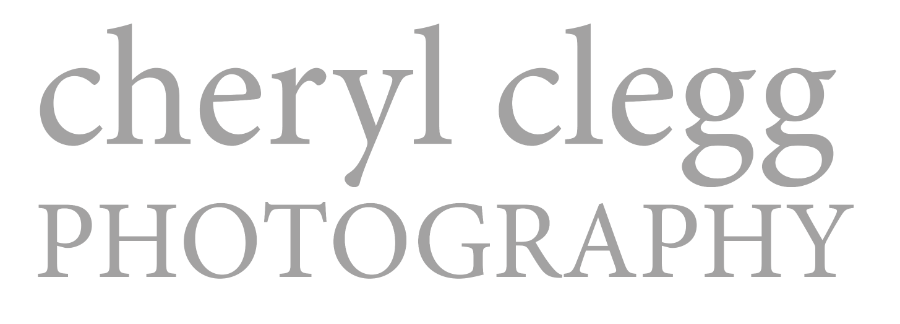“How Does Artificial intelligence effect Intellectual Property?”
"Exploring the Origins of AI-Generated Artwork: Understanding the Role of Copyright"
Artificial intelligence (AI) has revolutionized the way we create and consume art. With the help of machine learning algorithms, computers can now generate stunningly realistic images and videos that are indistinguishable from those created by human artists. However, as AI-generated artwork becomes more prevalent, questions about its origin and ownership have begun to arise. In this post, we will explore where the images used to train AI art generators come from, and who owns the copyright to the resulting artwork.
The process of creating AI-generated artwork begins with training data. This data is used to teach the algorithm how to recognize certain patterns and styles, so it can then generate new images that are similar. The training data can come from a variety of sources, including photographs, videos, and 3D models. These images are typically collected from online resources, such as stock image websites and social media platforms.
Once the training data has been gathered, it is fed into the AI algorithm, which "learns" from the images and begins to generate new artwork. The resulting images are often highly detailed and realistic, with many of them being indistinguishable from those created by humans.
But the question remains, who owns the copyright to these AI-generated images? The answer is not entirely clear, as copyright law is still catching up with the rapid advancements in technology.
One argument is that the copyright belongs to the creators of the training data, as their images were used to train the algorithm. However, this is not necessarily the case, as the algorithm takes the training data and creates something new and unique. Some argue that the algorithm itself is the "author" of the artwork, and therefore owns the copyright.
Another perspective is that since the AI algorithm is not capable of holding a copyright, the copyright of the work generated by AI goes to the creator of the AI model, who is the one who made the AI able to create the work.
This issue is still being debated, and it is likely that we will see more legal cases related to AI-generated artwork in the coming years. Until then, it's up to the creators of AI-generated artwork to negotiate and agree on the rights of the generated works.
In conclusion, AI-generated artwork is a fascinating and rapidly growing field, but it also raises important questions about the origins and ownership of the images. As technology continues to advance, we will need to find new ways to protect and respect the rights of both creators and creators of AI algorithms.


0 Comments